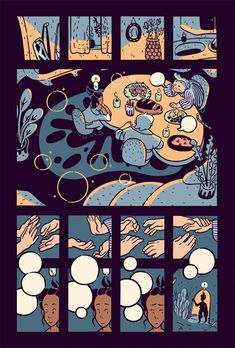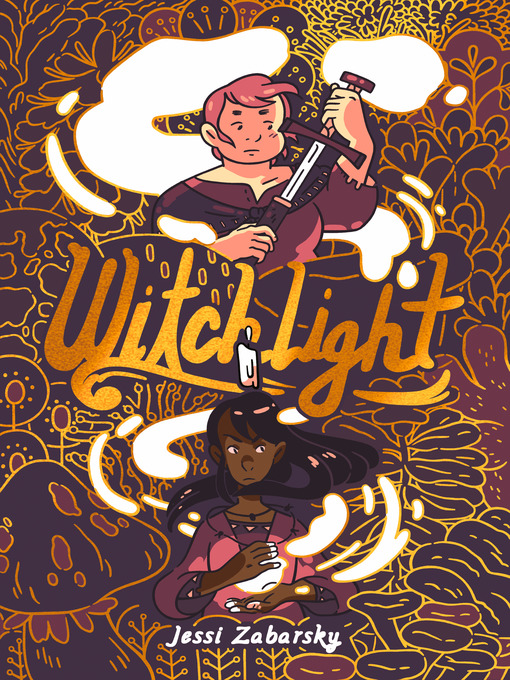


Furthermore, the greater degree of responsibility required to keep such garments clean demonstrates that a person can take care of themselves. Lalek tells Sanja that children wear dark-colored robes so that they can be easily located among the fields, while the white robes worn by adults represent such autonomy so as to render such safeguards unnecessarily. When Sanja and Lalek enter a clothing shop, Lalek explains that when they reach a certain age, people in her village begin wearing white robes.

When Sanja awakes from the dream, however, her mother is not around – only Lalek, who has no expectations that Sanja will wear any particular headgear.Īlthough Sanja does not wish to comply with the sartorial expectations of her childhood, Lalek has a different relationship with the clothing of the community from which she originates. While Sanja does not want to wear the headgear, her mother uses malicious social pressure to insist she dress as prescribed. A dream sequence reveals that girls and women in Sanja’s community are expected to wear a particular type of headgear. Sanja has experience with tradition that didn’t quite work out for her, too. However, Lalek says that in her case, the story is actually true, due to a confluence of tragic circumstances that took place in her past. In the world of Witchlight, those who practice witchcraft keep a lit candle hovering above their head at all times.Īs Lalek explains to Sanja shortly after they’ve met, outsiders fabricated the commonly known story that a witch’s soul is kept in their candle.

It isn’t just their romance story conventions that don’t quite fit the expected frame. Although it may not be unprecedented for a queer YA romance to begin with a kidnapping, it is still an unusual start to a relationship – but as Shakespeare said, the course of true love never did run smooth.Īnd there’s a lot of not smooth running for the characters in Witchlight. But while it may not be a traditional meet-cute, the two characters nevertheless fall for one another.


 0 kommentar(er)
0 kommentar(er)
